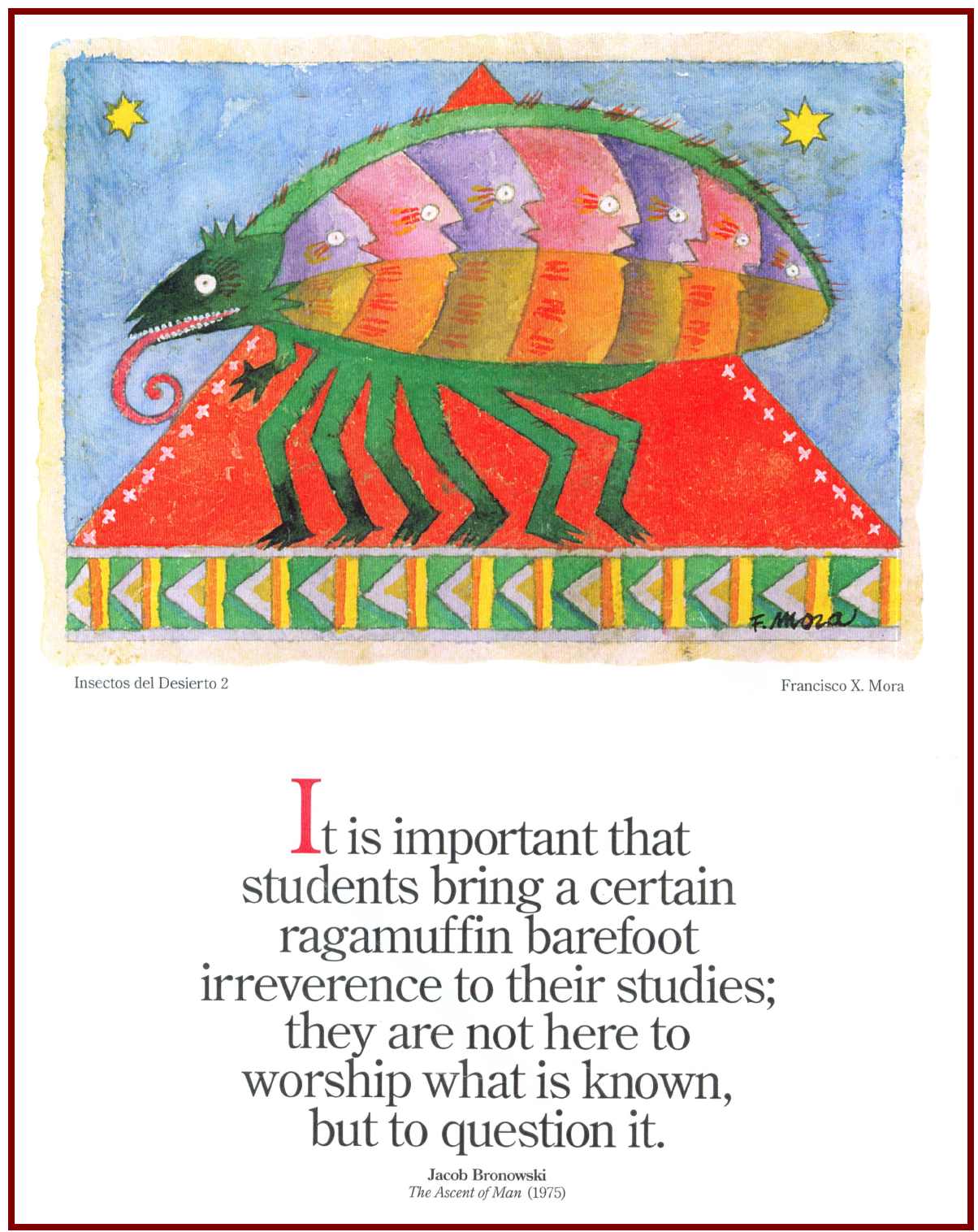Animal Behavior
Biology 342 Fall 2010
Week 1
Aug 30th
Home Room Information:
READ:
the syllabus.
the assignments
Sept 1st
Historical Perspective on Animal Behavior.
 Every biologist should read a bit of Darwin at some point so we'll start with a single chapter that was devoted to Animal Behavior. In case you are keen to read more you may be interested to know that most of his texts are available free online through the online book catalog, "Project Gutenberg".
Every biologist should read a bit of Darwin at some point so we'll start with a single chapter that was devoted to Animal Behavior. In case you are keen to read more you may be interested to know that most of his texts are available free online through the online book catalog, "Project Gutenberg".
Read:
Darwin 1872 On the origin of Species chapter VIII
Sept 3rd
This lecture will provide an overview of the course touching on many topics that will be covered in greater detail throughout the course. I will use cricket behavior (primarily aggression but also mate attraction) as the example.
While there is no assigned reading other than the handout. There are many research articles that examine aggressive behavior or mate choice in crickets. These may be useful background reading or may provide ideas for independent projects. The handout also includes many references for general background in Animal behavior.
Cricket Aggression:
Hofmann, H.A. and Schildberger, K. 2001. Assessment of strength and willingness to fight during aggressive encounters in crickets. Animal Behavior 62:337-348.
Hofmann, H. A. & Stevenson, P. A. 2000. Flight restores fight in crickets. Nature 403:613.
Jang, Y., Gerhardt H.C., and Choe, J.C. 2008. A comparative study of aggressiveness in eastern North American field cricket species (genus Gryllus). Behavioral Ecology & Sociobiology 62:1397-1407.
Judge, K.A., and Bonanno, V.L. 2008. Male weaponry in a fighting cricket. PLoS ONE 3:e3980.
Just, W. and Morris, M.R. 2003. The Napoleon complex: why smaller males pick fights. Evolutionary Ecology 17:509-522..
Stevenson PA, Hofmann HA, Schoch K, Schildberger K. 2000. The fight and flight responses of crickets depleted of biogenic amines. Journal of Neurobiology 43:107-120.
Stevenson, P.A., Dakynova, V., Rillich, J. and Schildberger, K. 2005. Octopamine and experience-dependent modulation of aggression in crickets. Journal of Neuroscience. 25: 1431-1441.
Phonotaxisand acoustic communitcation in Crickets:
Zuk, M. 1994. Singing under pressure: phonotactic parasitoid flies in Hawaiian cricket Research & Exploration 10:477-48.
Hedwig B. 2001. Singing and hearing: neuronal mechanisms of acoustic communication in Orthopterans. Zoology 103:140-149.
Cade, W. H. 1975. Acoustically orienting parasitoids: Fly phonotaxis to cricket song. Science 190: 1312-1313
Plasticity and decelopment of cricket song:
Adamo, S.A. and Hoy, R. R. 1995. Agonistic behavior in male and female field crickets, Gryllus bimaculatus, and how behavioral context influences its expression. Animal Behavior 49, 1491-1501.
Grace, J.L. and Shaw K.L. 2004. Effects of developmental environment on signal-preference coupling in a Hawaiian cricket Evolution 58:1627-1633.
Beckers, O.M. and Schul 2010. Female adaptation to developmental plasticity in male calling behavior Behavioral Ecology and Sociobiology 8:1279-1290.